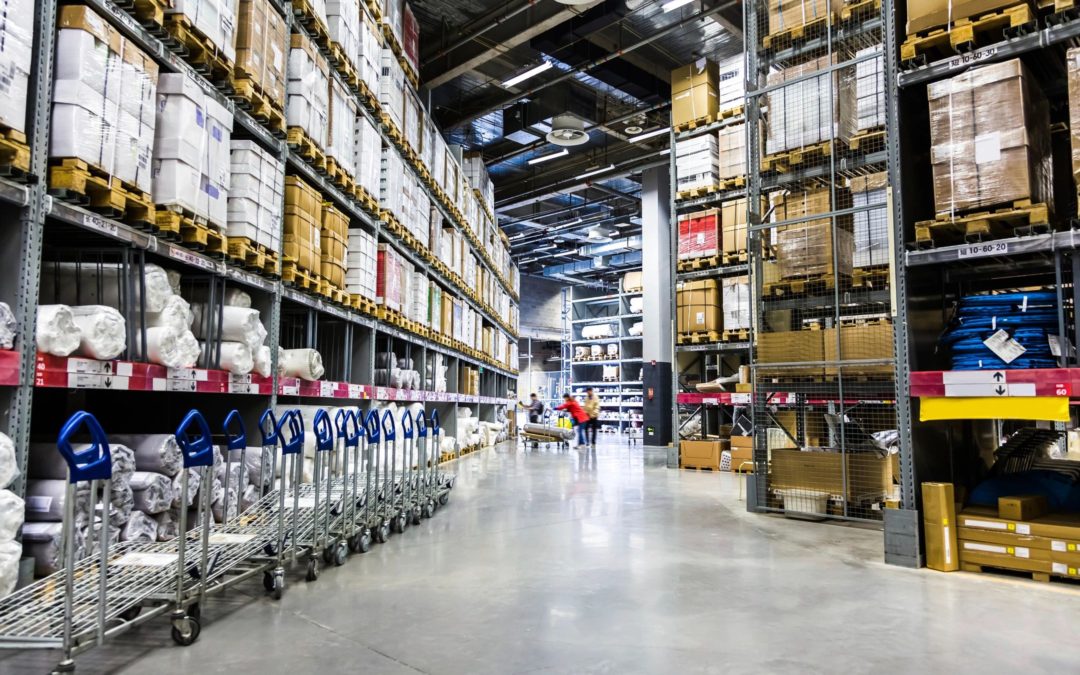Achieving operational efficiency in the warehouse is a constant battle for warehouse managers. Whether from personnel changes or product changes they are constantly looking to ensure their operating procedures as efficient as possible. With higher efficiency rates managers can reduce the need for additional resources and therefore strive every day to operate optimally with a mix of manual and automated systems. To achieve this warehouse managers are turning to their operational data and machine learning for help. Machine learning helps warehouse operations run efficiently without managers being required to run the complex algorithms needed to gain insights. Below are five ways warehouses can improve operations using machine learning.
-
- Receiving Product
When new product comes into the warehouse it needs to be stored. Taking the time to remove items from its original packaging and looking up each individual storage location is very time consuming and inefficient. Machine learning can analyze the current location of items in the warehouse and match them with incoming shipments ahead of time. Machine learning can also direct warehouse workers to the shortest path, so the product can put away quickly. - Picking Orders
The optimal picking order is one that warehouse managers spend a lot of effort into managing. It is the highest visibility task inside the warehouse since incorrect picking can result in unhappy customers and inefficient picking processes can lead to incorrect picking. Machine learning can optimize picking orders in several ways. Fewer steps in the picking order means fewer opportunities for pickers to make miss-picks or automation tools to damage goods. By following a simple, optimized picking order there is a much smaller chance of pickers missing an item or forgetting to go back to get items they may have missed on the first pass. - Order Validation
Some items in an order can present problems for pickers especially if they are small or similar in appearance to other items. Machine learning can analyze past order history and highlight items that have a higher than normal error rate. It can then flag these items in the ERP as ones needing special attention. - Multi-Order Picking
Being able to efficiently pick one order is great but being able to combine picking movements for multiple order simultaneously is even better. Machine learning can analyze the orders in the system and group picking activities while separating orders in order to increase warehouse efficiency. - Reducing Waste
Items with expirations or sell-by dates need careful attention and their picking order is crucial for warehouse workers. While there are many ways to manage the picking order of these items machine learning adds a layer of intelligence on top of physical controls already in place. For example, customers that frequently order perishable items can be given closer dated items as they are more likely to use them faster.
- Receiving Product
Machine learning makes it possible to discover patterns in your warehouse operations and continuously learning in the process to set you up for success. Since machine learning can be applied in the warehouse in a multitude of ways it offers vast potential to deliver additional value to your customers and your bottom line.

